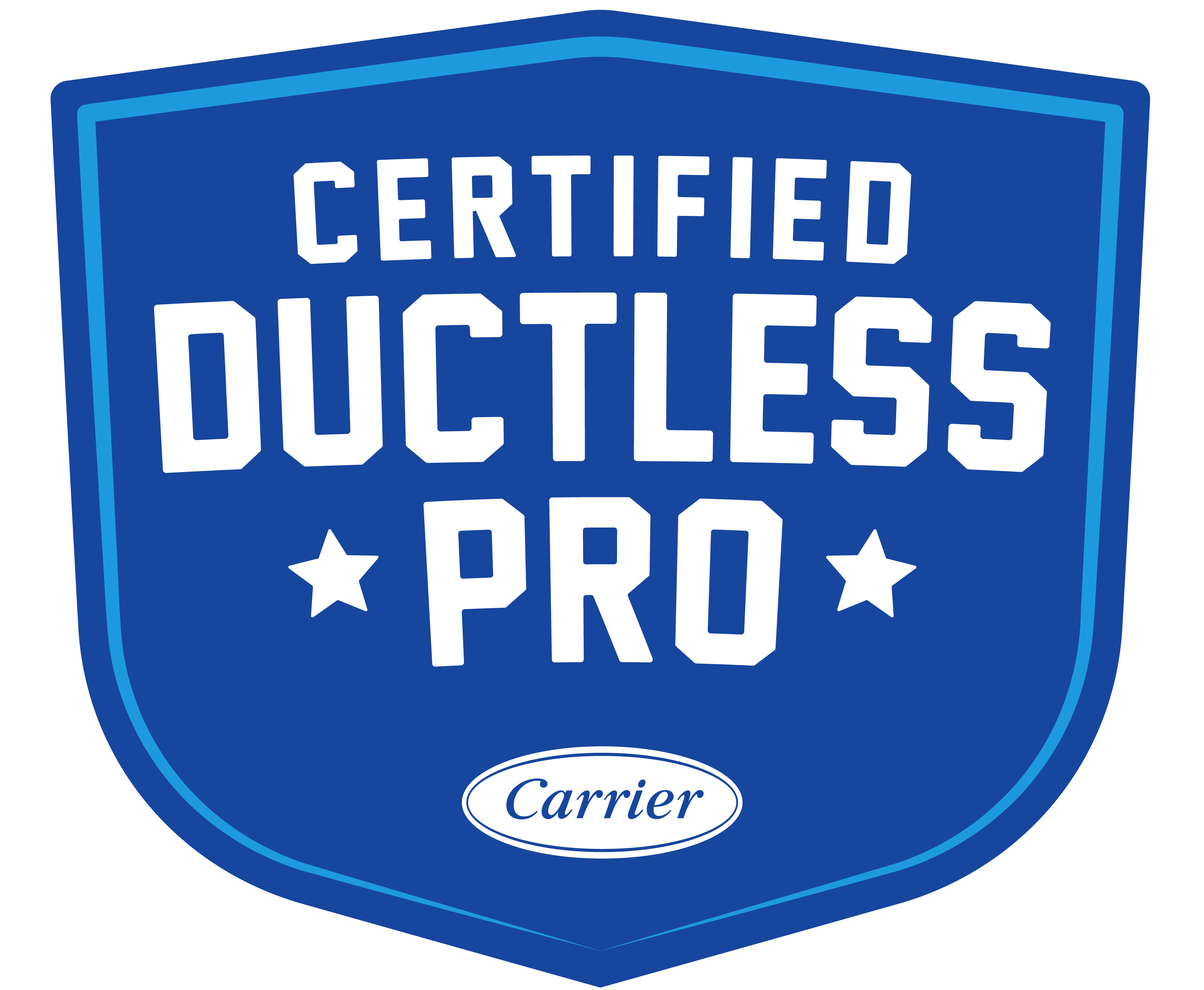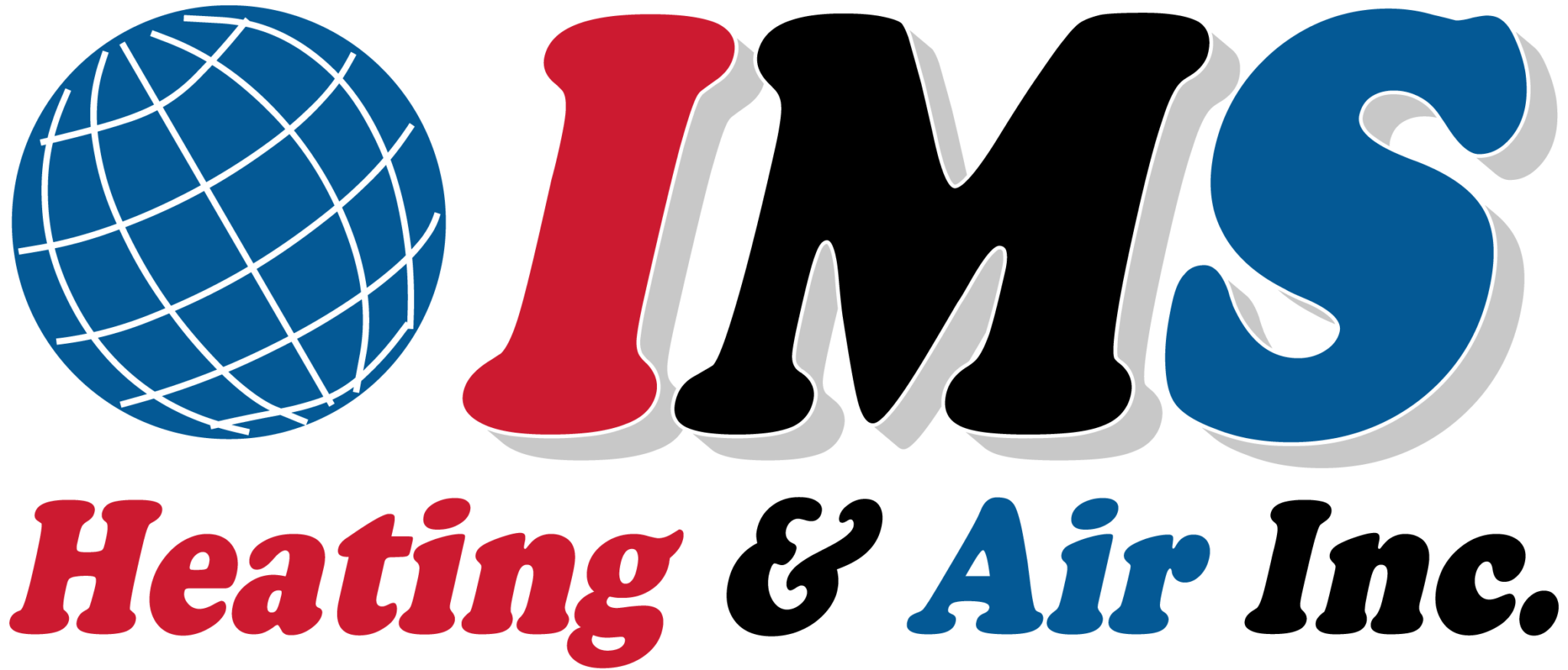The best time to replace your furnace is during the off-season, typically in late spring or early fall. During these periods, HVAC companies are less busy, which can lead to more flexible scheduling and potentially lower prices. Additionally, replacing your furnace before the cold season ensures your home is ready for winter.
If your home isn’t reaching the set temperature or the furnace is cycling on and off frequently, the issue could be with either the furnace or the thermostat. Start by checking the thermostat’s settings and batteries. If the problem persists, it may be best to have a professional inspect your furnace to diagnose and fix the issue.
Heat pumps can be an excellent option in Colorado’s climate, providing both heating and cooling in one system. Modern heat pumps are efficient and effective even in colder temperatures, making them a versatile choice. However, it’s essential to ensure your heat pump is properly sized and installed to handle Colorado’s winter weather.
If your furnace is running but not producing heat, there could be several reasons. Common issues include a malfunctioning thermostat, a clogged air filter, or problems with the pilot light or ignition system. It’s best to have a professional HVAC technician diagnose and address the problem to restore your home’s warmth.
To reset your furnace, locate the reset button, typically found near the motor housing. Press and hold the button for 30 seconds, then release it. If your furnace has a circuit breaker, ensure it is in the “on” position. If resetting doesn’t resolve the issue, it may be necessary to call a professional for further inspection.
If your furnace stops working, start by checking the thermostat settings and ensuring the circuit breaker hasn’t tripped. Next, inspect the air filter and replace it if it’s dirty. If these steps don’t solve the problem, it’s time to call a professional HVAC technician to diagnose and repair the issue.
A furnace that frequently cycles on and off could be experiencing issues such as an overheated heat exchanger, a dirty air filter, or problems with the thermostat. It could also be a sign of an improperly sized furnace. Having an HVAC professional inspect your system can identify the root cause and provide the appropriate solution.
Yes, a dirty air filter can restrict airflow, causing the furnace to overheat and shut down as a safety precaution. Regularly replacing or cleaning your air filter is crucial for maintaining efficient furnace operation and ensuring your home stays warm during the colder months.



